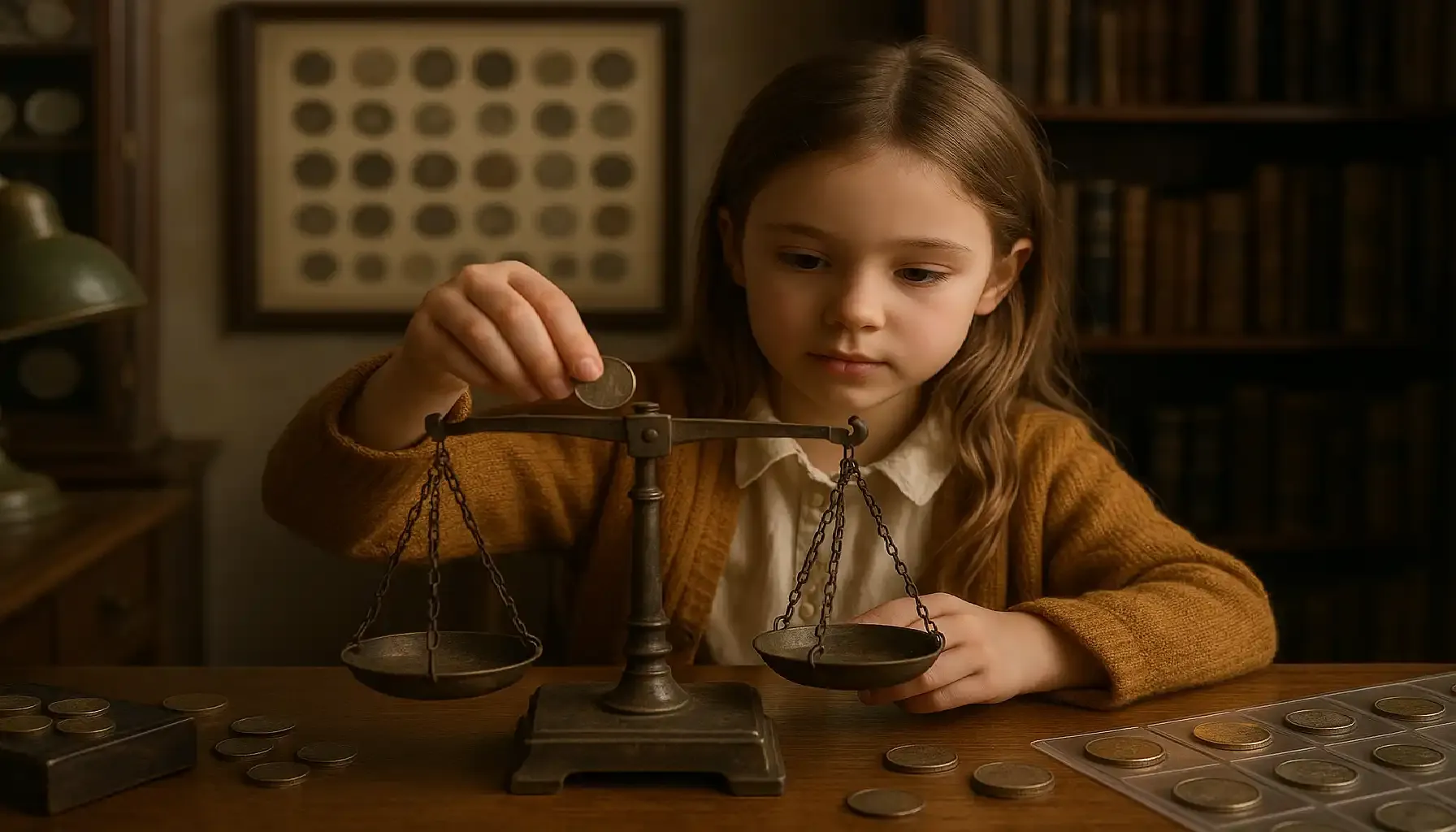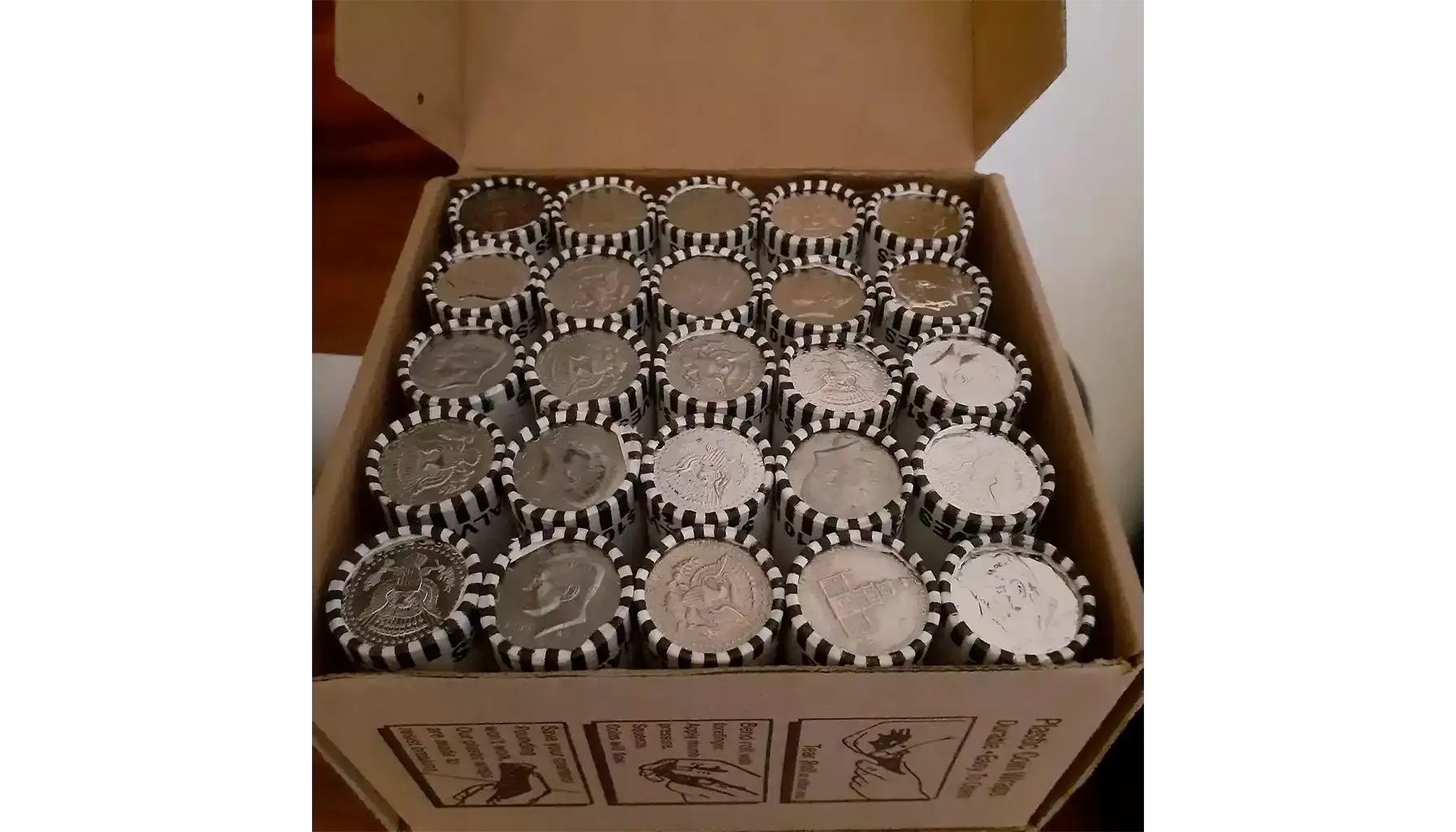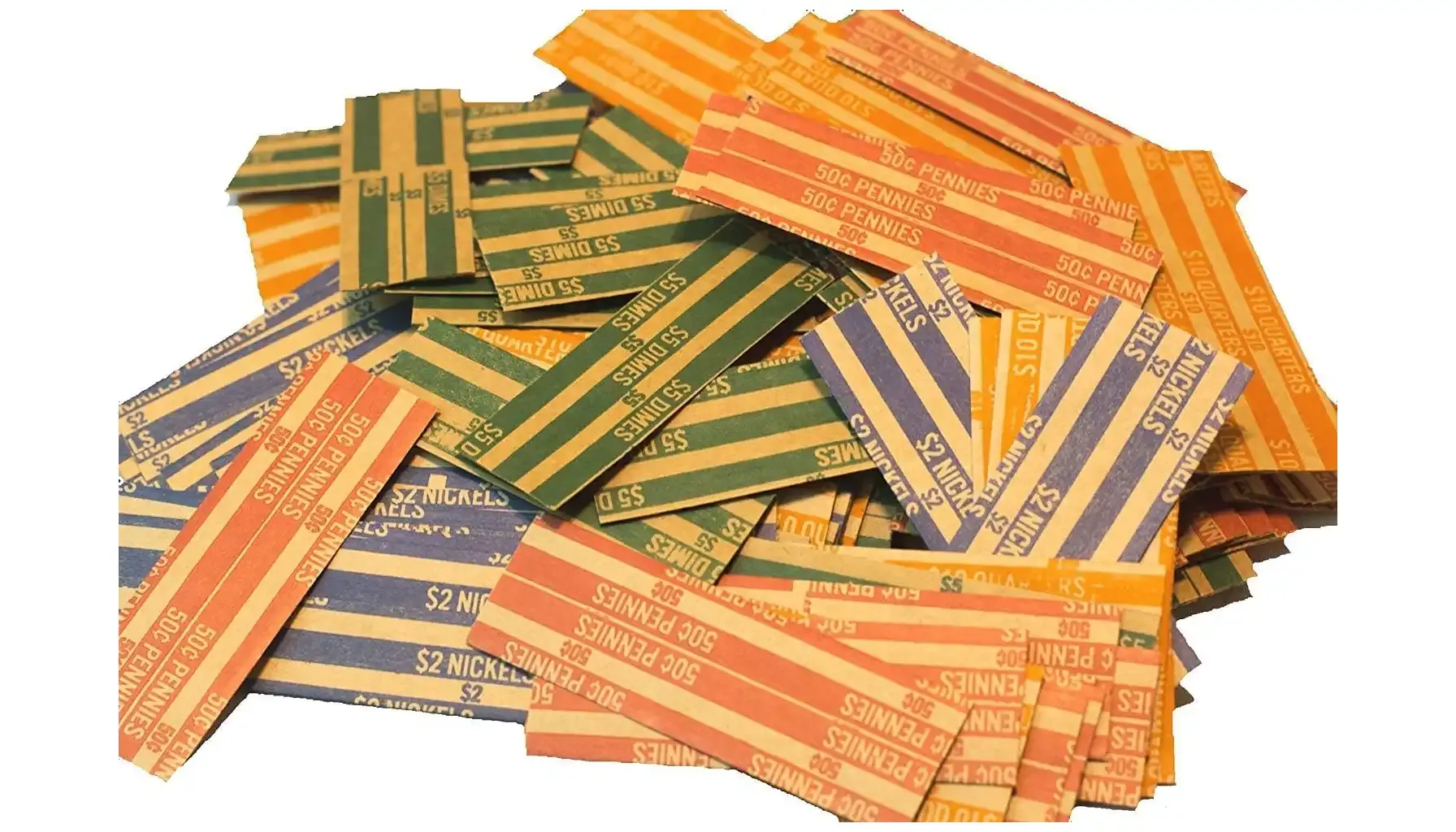Contents:
Creating a coin collection is a rewarding and exciting endeavor that may present quite a few challenges for an unprepared enthusiast or amateur. Obtaining instances of your dream is not the only thing you should care about but preserving their quality and condition is even more important.
One may succumb to the temptation to restore the original shine of the collection, yet it is not an ordinary task. So, what is the best way to clean coins? How to do it properly so as not to check coin value over and over again? Let us see.
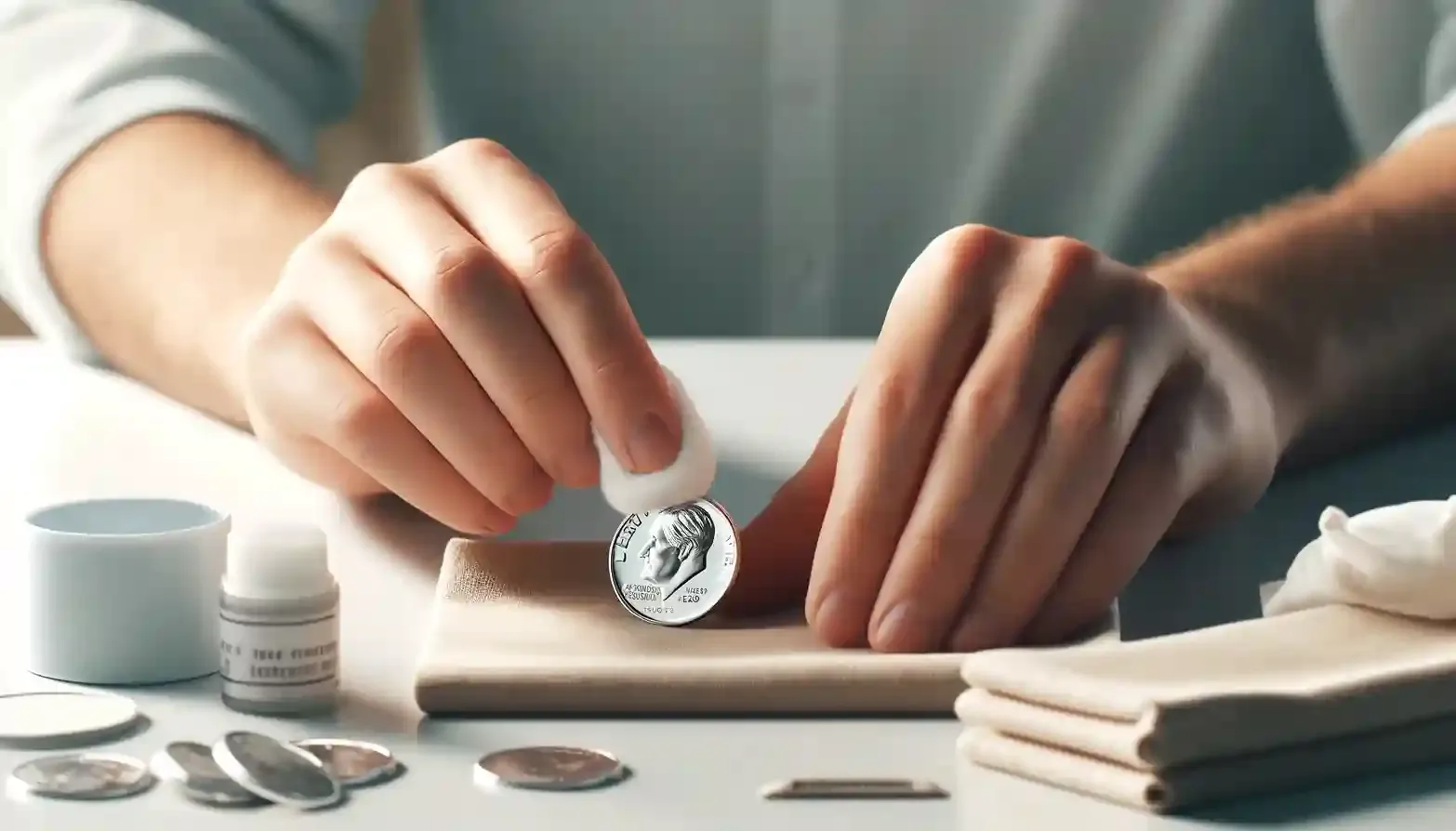
When is The Right Time to Clean Coins?
We understand that sometimes it feels right to clean coins and try to give them the original shine that might have had long ago. Should you clean old coins, especially those by the most famous US coin designers? Well, this is not always a reasonable option, but a sensitive decision instead. Coins have a rich history, and their surfaces, patina, and flaws can increase their allure and worth. Still, there are instances in which cleaning is acceptable or even required.
In some cases, coins with little numismatic value, e.g., widely used instances of current circulation, may need cleaning at times. BUT these should be carefully handled and cleaned to enhance their splendor. Similar to this, coins that have been exposed to toxic environments, which leads to corrosion or other deviations, may need to be cleaned to stop further deterioration, particularly if they are meant for either daily or decorative use.
However, as we have mentioned before, it is crucial to keep in mind that it is rarely a good idea to polish rare or collectible coins. The natural, authentic patina can be a bit more valuable than the fictional aesthetics you summon and pray for. Removing this layer may be irreversibly harmful, though. But can you clean coins without losing value? Yes, and here is what you should know.
Materials You Will Need
How to clean dirty coins at home? First of all, you may need several items to collect. This is what you will require to clean your numismatic creation:
Soft-bristled toothbrush – For gentle removal of dirt without scratching.
Mild dish soap – A gentle cleaning agent to loosen grime.
Distilled water – Water necessary to prevent mineral deposits and water spots.
Microfiber cloth/soft cotton towel – Materials for drying without causing scratches.
Cotton swabs – Tools for precision cleaning in intricate details.
Baking soda – A mild abrasive for tough stains.
Plastic container – A vessel for soaking.
Rubber gloves – Items needed to protect coins from oils on your hands.
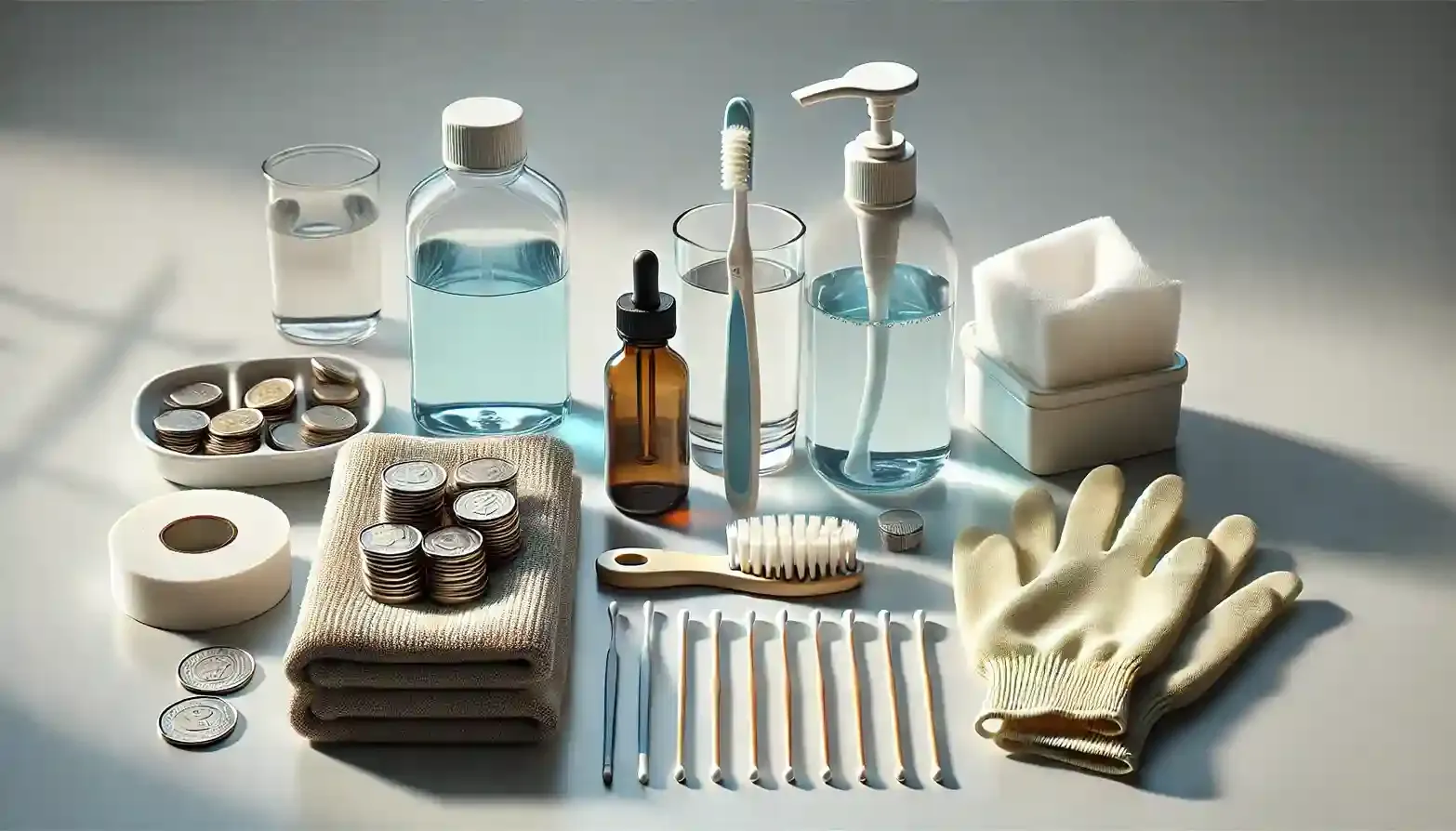
Step-by-Step Cleaning Methods
Those who wonder how to clean old coins without damaging them should follow the guidelines promoted by professional numismatists and collectors.
NB: You are the one who is responsible for the condition and preservation of your coins. The following instructions are provided as general recommendations and may cause damage if not executed with proper care.
Prepare the Coins
Sorting your precious items should come first. Identify whether they have numismatic or historical value. Keep rare or expensive items, as well as those in coin slabs and special boxes apart since they should not be cleaned without expert assistance anyway. Leave it to professionals.
Rinse with Water
To get rid of any loose dirt or any other particles, hold the coin under a soft stream of warm flowing water. Use distilled water if possible, as tap water usually contains minerals that may leave deposits or harm the coin’s surface.
Soak the Coin
Put a drop of mild dish soap and warm distilled water in a plastic container. Place the coin in the solution and let it soak for 10 to 15 minutes. This might help you with the next steps.
Gently Scrub the Surface
After soaking, take this numismatic creation out of the water and examine it. Gently scrub the surface with the use of a soft-bristled toothbrush. Do not apply too much pressure, especially when it comes to copper or other older/softer coins with intricate details that should remain untouched.
Rinse Thoroughly
So as to prevent the appearance of undesirable substances that could tarnish the surface over time, rinse the item again under distilled water after scrubbing to remove all traces of soap, paste, or the remains of dirt.
Consult Coin ID Scanner, one of the most innovative apps to find comprehensive details about the process of cleaning, manage your collections, and identify rare objects with just one snap!
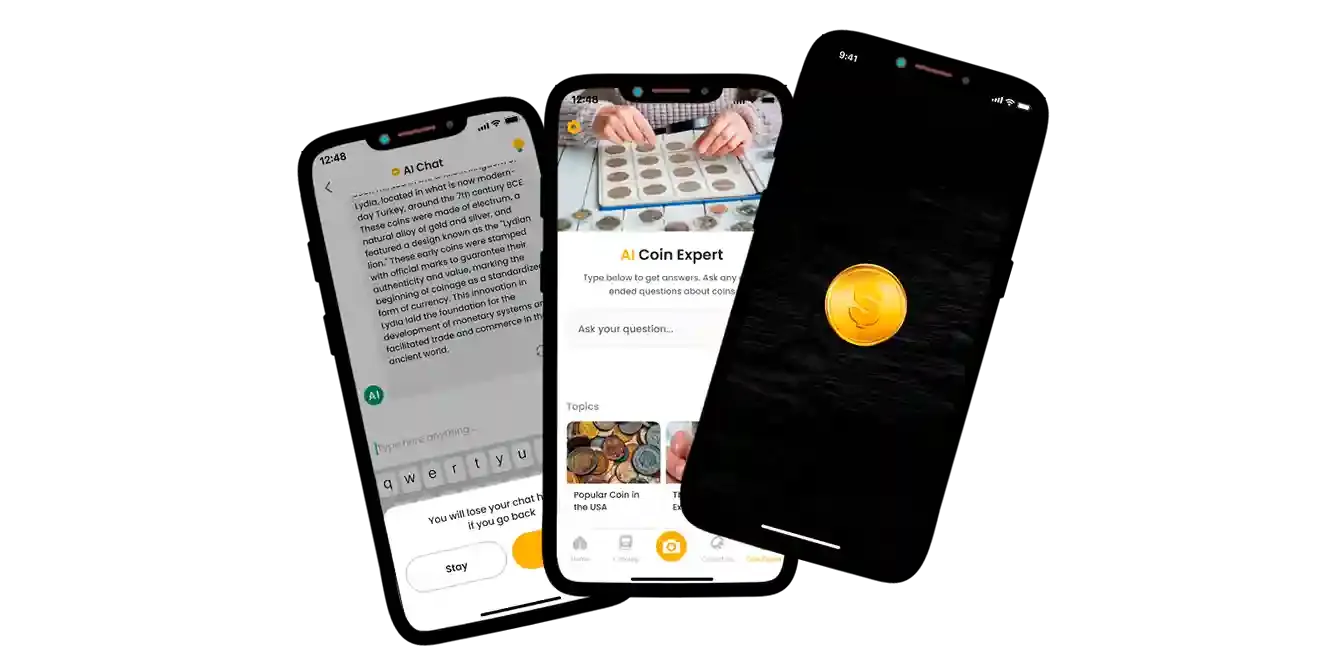
Dry the Coin
The next step on your way to knowing how to clean a coin refers to drying it properly. Make sure the coin is completely dry before storing it to avoid moisture-related damage. Use a microfiber cloth or a soft cotton towel with respect to the instances that might be older than you.
Polish with Caution
Use a soft, clean cloth to gently buff the coin if you want it to seem shiny. However, keep in mind that polishing can affect the natural patina, which may diminish its value to collectors. Save this step for instances that have no numismatic value and you are free to make mistakes.
The way you store coins also matters. Place the cleaned coin in an airtight container, holder, or acid-free envelope to protect it from dust, humidity, and environmental damage. Do not forget to manage your collection and take notes of what you own on a regular basis so as not to mix them up.
Common Mistakes to Avoid
Do you wish to be a pro-numismatist? Then, when cleaning coins, avoid making these typical mistakes to preserve their beauty and value for good (or, at least, some time).
Cleaning rare or precious coins: When the patina is removed, the collectible value of your collection is instantly diminished. So, before cleaning such coins, get the advice of an expert or better use their services.
Using abrasive tools: Abrasive tools, such as steel brushes, scouring pads, or hard bristles, can scratch the surface and erase intricate details. Never use them on your own.
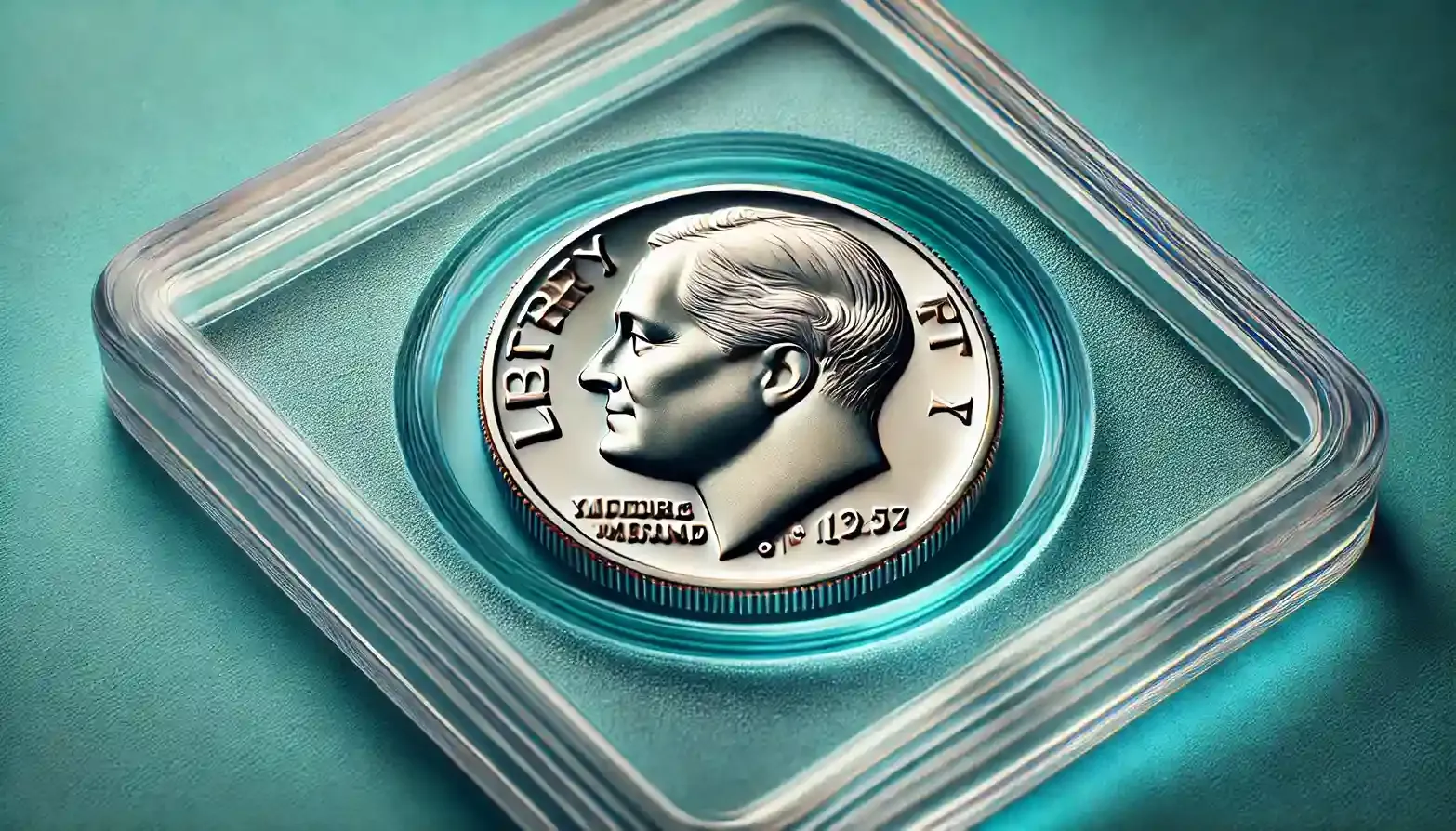
Applying harsh chemicals: Chemicals are always harmful, this is the rule. Acids, bleach, and other cleaners can discolor and corrode metal. You can apply a bit of vinegar or baking soda when scrubbing but use it wisely (and never on collectibles).
Rubbing too hard: Even with a gentle cloth, excessive force can cause micro-scratches and harm the finish.
Skipping a thorough rinse: As we claim, over time, minerals in tap water or residue from cleaning products can discolor coins. Rinse with pure water at all times.
Improper drying: Coins that are stored in moist environments may deteriorate your collections. Before storing them, make sure they are totally dry.
Treat your coins with the care they deserve, and they will continue to shine through time.

